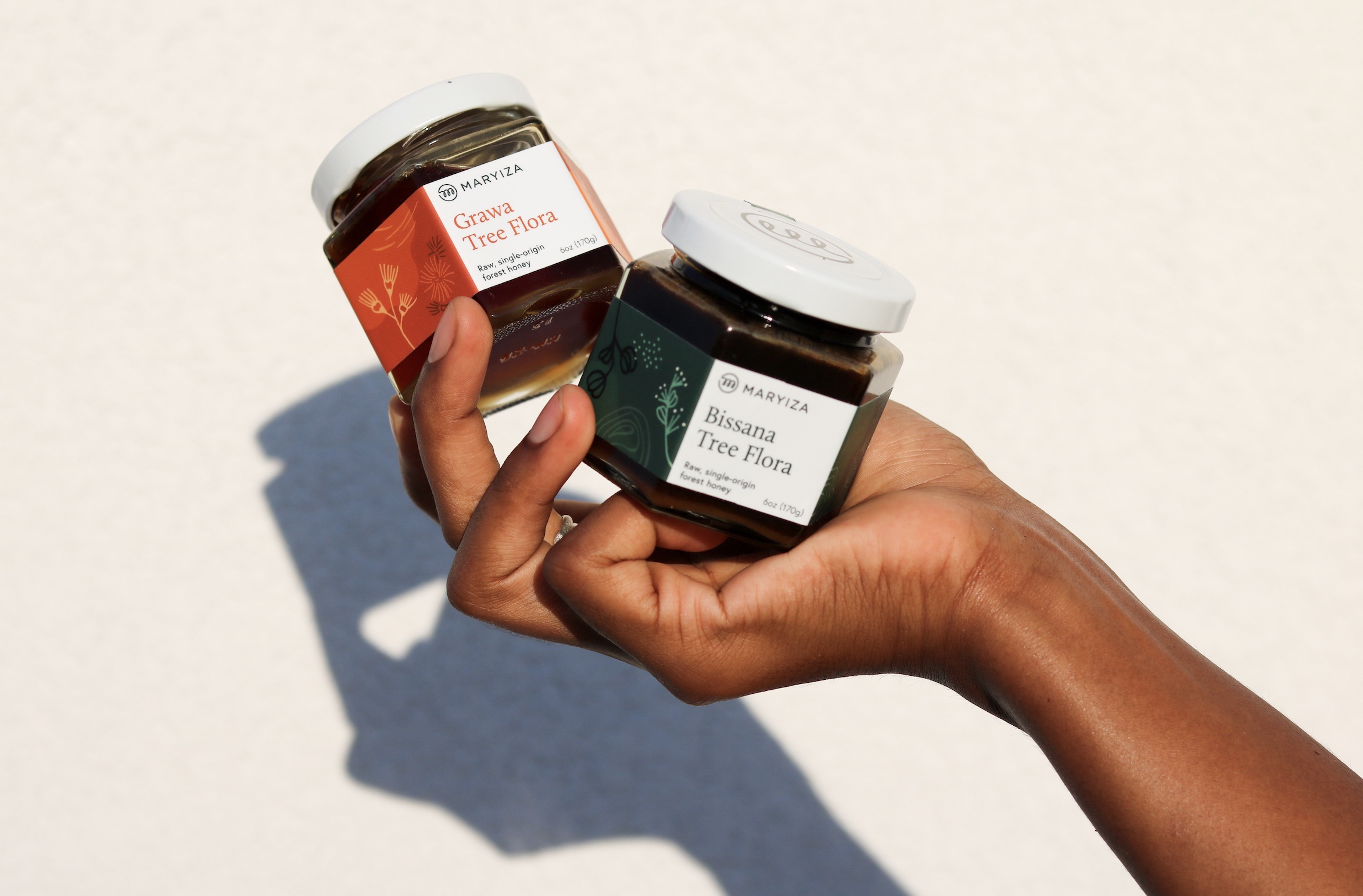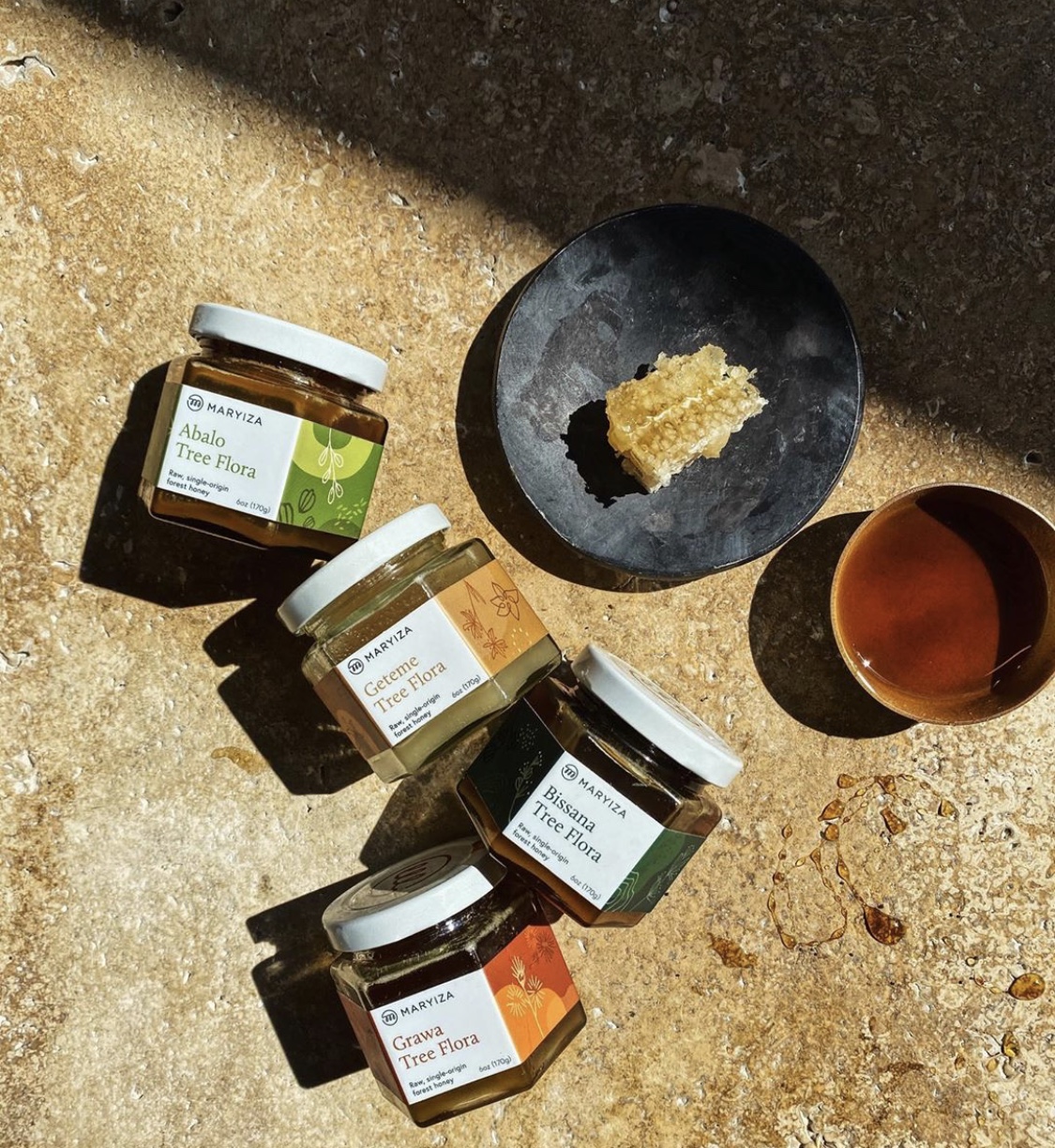
Deep in the Ethiopian forests, snuggled high in branches of flowering trees, beehives rest fashioned from hollowed-out logs. They’re shaped like canoes, held together with strips of bamboo, and birth powerful, raw, single-origin honey—each batch with its own distinct terroir. Harvested by indigenous farmers in the cool of night, the flavor reflects the clean, chemical-free virgin forests as well as the local pollen. In addition to producing healthy honey, Maryiza (a product of Forested Foods) is devoted to combatting climate change; preserving biodiversity (due to deforestation, only 2% to 4% of Ethiopia’s land remains forested); healing from colonialism; supporting smallholder farmers; and revitalizing native ecosystems.
—Charlotte DeFazio
What is unique about single-origin honey?
The beauty of single-origin honey is that it allows us to make flavor connections—connections to floral sources, people and places. We’re revealing connections between single-origin honey and consumers in a similar vein to the connections that are understood and appreciated with specialty coffee and wine. The multidimensional, sensory experience of a great, single-origin honey links back to these three main factors: the major floral nectar sources from which bees produce honey; the producer (or in our case, beekeeper) who embodies their cultural practices of honey production; and the physical, geographic area in which beekeepers establish their hives and bees can forage within to collect nectar. We wrote more on single-origin honey here.
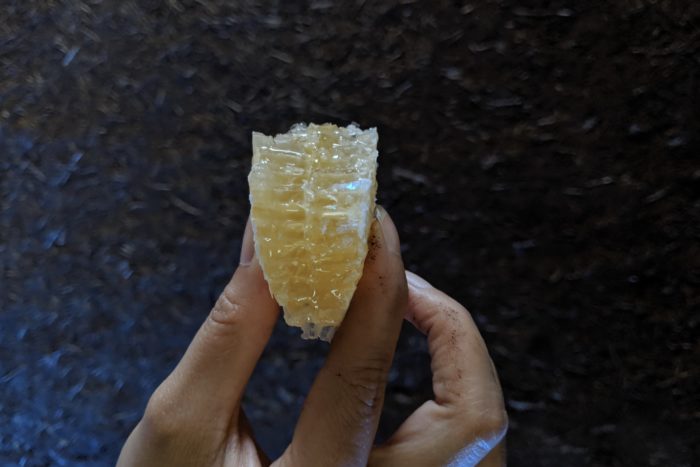
Can you explain the 4 different flavor profiles of Maryiza honey and what they are named after? Are other ingredients added to the honey?
Maryiza honeys are named after the major floral nectar sources from which they are produced. Our current line’s namesakes (Geteme, Grawa, Bissana, and Abalo) represent their nectar sources. We focus on trees indigenous to Ethiopia’s Southwestern Afromontane region. They directly represent the floral nectars that bee colonies in our forests have collected to produce honey from. There are no additives. They’re 100% the flavors of nature!
Maryiza, and our greater Forested Foods vision, is to ensure intact, biodiverse forests globally. With this north star, we’re mainstreaming regenerative agroforestry by unlocking more value from the world’s critically biodiverse forests for all—especially forest communities that serve as the guardians of these precious ecosystems. Though our honey line will evolve, we’re currently working with our forest beekeeping partners to produce honey from indigenous trees to unlock more commercial value for these species, which provide irreplaceable services in favor of biodiversity and ecosystem conservation.
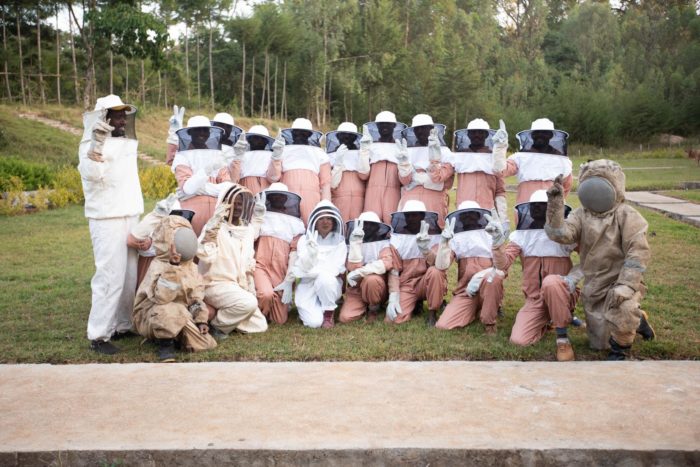
How are Ethiopian beekeeping methods similar to and/or different from others around the world?
Ethiopian beekeeping is dominated by traditional methods. About 95% of beekeeping in Ethiopia relies on the construction and usage of traditional hives. Traditional hives are mostly cylindrical in shape (about 3 to 5 feet in length and 11 to 20 inches wide) with a single chamber fixed comb and no internal structure (unlike a modern box hive that has a set of frames on which the bees produce layers of honeycomb). In traditional hives, the bees create their own layers of honeycomb within the hives. Beyond beehives, much of Ethiopia’s beekeeping is linked to forest ecosystems. To best attract bee colonies, farmers tend to establish their apiary of hives deep in the forest, usually a several hour trek just one way. Once in their desired location, farmers will hang their hives up in select trees, choosing ones that bear flowers that attract wild swarms. Setting up traditional hives is always a collaborative group effort. Not only is company preferred for the journey, but for safety. In hanging up traditional hives, farmers must sometimes climb 30 to 90 feet high, where they set up their hives horizontally to ensure a more stable temperature for the bees.
At Forested Foods, we always seek to understand traditional practices of food production before we assume that “modernizing” will lead to improvements. There are reasons—specifically centuries of generations of reasons—why people do things the way they do.
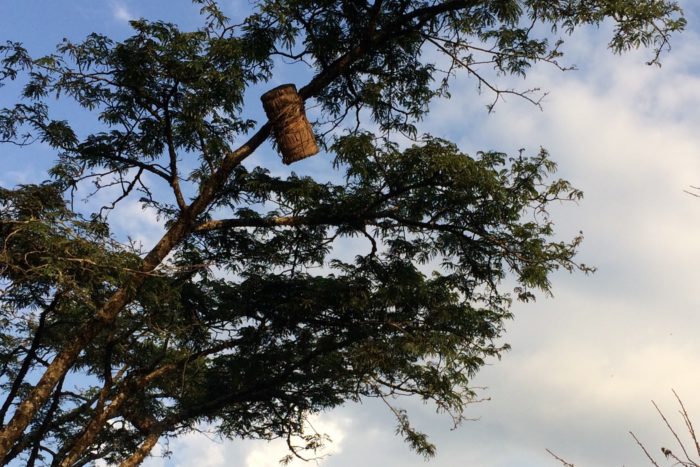
Your processing and warehouse facilities are based near the forests where you harvest the honey. What happens there?
I’ll start by explaining why we’re locating ourselves and much of our operational investments locally. One necessary factor to ensuring intact, biodiverse forests is that these respective communities realize sufficient (if not lucrative) value to conserve their ecosystems. It is, therefore, imperative that we conduct as much value-addition to our products as possible at the community and country-of-origin level.
We’ve set up an office and have team members in one of three of our forest sites, Majang Biosphere Reserve in Gambella. They help facilitate our beekeeping trainings for our partner farmers in Majang Forest, as well as the two other forests we’re working in within Ethiopia’s Southwestern Afromontane Region: Kaffa Biosphere Reserve and Gera Forest. At harvest, Forested Foods team members travel to support beekeepers in aggregation and more importantly, purchase honey from them. We work with local community members to warehouse and truck our honey to Addis Ababa, Ethiopia’s capital. We’re excited to be setting up our first factory in Addis Ababa. You can even find us on Google Maps as Forested Foods PLC! Initially, we’ll be focused on honey, and conducting basic filtering, bottling and packaging. We’ll then expand into processing beeswax, other bee products, and long-term, other agroforestry products that our beekeepers produce like spices, herbs, fruits and more.
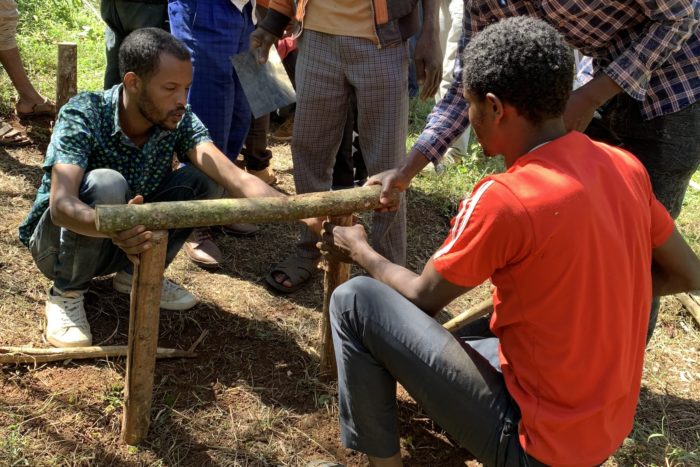
Terroir is a buzz word in the wine industry. How do you apply it to your honey?
Concepts like terroir and “single-origin” in the worlds of wine and coffee have been key inspirations for how we’re approaching educating our customers and partners about Maryiza honeys. While communicating these concepts to consumers is a balance of art and science, we focus on the art. We developed a tasting wheel to encourage people to experience the different dimensions of flavor. We not only refer to our honeys as their tree source, but share details on our beekeepers, their forest ecosystems, and seasonality on our packaging, website and other digital engagement platforms. These concepts are applied not only at the marketing or consumer level, but at the production level as well.
While we use concepts like terroir or single-origin to refer to how floral sources, people (i.e. producer beekeepers) and place (i.e. forests) lead to the experience that is a Maryiza jar of honey, the dominant facet we’ve spent time exploring here in Ethiopia is floral sources. When we onboard and train new partner beekeepers, we start with jointly producing a honeybee flora calendar that reflects their forest ecosystem. The calendar indicates the different botanicals (usually trees) that bees collect nectar from to produce honey and then which months these trees are flowering. This serves somewhat as a project plan for when they should set up their hives as well as collect honey after a major flowering season so we can harvest seasonal honeys that reflect a dominant botanical source. Natural honey flavors are largely dominant on the floral source. After we harvest a honey, we work with the Ethiopian government’s honeybee floral experts to conduct pollen testing on our honeys so we understand the percentage breakdown of representation from different floral sources. While we conduct these tests with confidence of what the major botanical source is, we like to know what the minor botanical sources are, as well as understand the variance we see year after year across the different botanical sources represented in a honey. Understanding flavor relies on understanding this science.
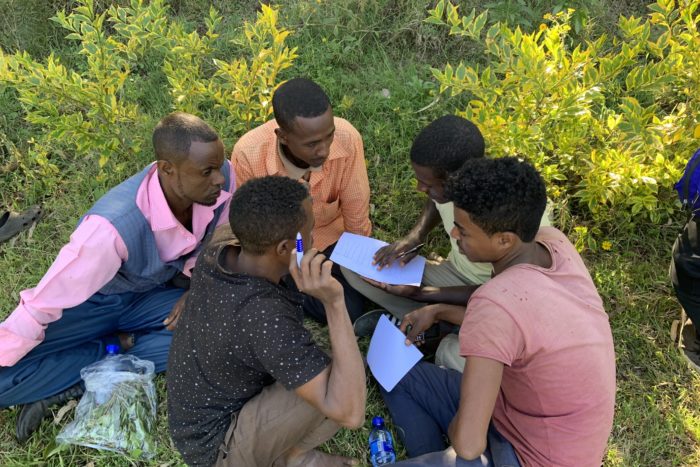
Due to deforestation, only 2% to 4% of Ethiopia’s land remains forested. Is there any hope for their return? What can be done?
If you ask an optimist if there is hope for anything, we’ll always say yes! Deforestation is such a complex issue, especially in Ethiopia and other nations across the Global South where we see larger populations of communities living with less socio-economic privilege in proportion to some of the world’s most critically biodiverse forest ecosystems. The causes for deforestation are also highly contextual. In Ethiopia, we’re combatting deforestation in the context of smallholder farmer-driven deforestation (versus large-scale commercial agriculture-driven deforestation) as smallholder farmers make up around 75% of the population here. This deforestation, biodiversity loss and land degradation in Ethiopia is largely driven by the increasing human demand to clear land for timber (i.e. for firewood and construction) and agriculture. In the Southwestern Afromontane Region where we work, we’re seeing a lot of forest land degradation through the expansion of coffee land as smallholder farmers have more secure markets for coffee (it is the birthplace of coffee, after all).
Forested Foods exists to role model how business can drive forest conservation and restoration. But to really catalyze ecosystem conservation and restoration in a meaningful way, we will need to see action taken across the private and public sectors. And I’m definitely seeing traction here. I’ve been meeting and hearing of more agroforestry and sustainability-oriented businesses, as well as seeing many more Ethiopian government-driven as well as other public-funded projects working towards ecosystem conservation and restoration. For example, just in the past few years, Ethiopia, with support from the UNDP, established the Forest Sector Transformation Unit, a government team that is working on unlocking and attracting investment in the forest sector, facilitating coordination across sectors to execute upon projects that can increase tree coverage and carbon sequestration.
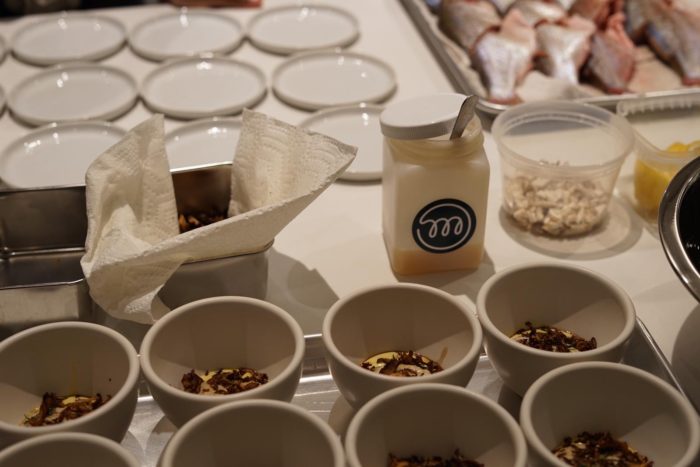
When it comes to food production, do you believe the footprint of colonialism is still widely felt?
Our food and agriculture systems around the world still reflect colonialism, notably aspects of drastic inequity for producers and natural resource exploitation. Colonization designed the agriculture industry based on a system that assumes infinite economic growth and an obsession with optimizing financial gains. The very avoidable tragedy that we’re dealing with as a world is that we live in a planet with finite resources. Farmers, including our partners, understand more than anyone what the damage from climate change is. Though they experience the travesties of climate change first hand, it’s the market that still operates in a system that assumes infinite economic growth, that largely dictates how smallholder producers farm. And these smallholder producers make up a large majority of the population in countries around the Global South like Ethiopia, so you can imagine the accumulated impact of unsustainable land use that is happening.
Despite my frustrations with how our ideas of modernizing are actually incredibly backwards, I do see a lot of traction towards building more regenerative systems. It is, however, still unfortunate that most of the hardest work and greatest risks are being taken up by grassroots level start-ups, NGOs, and civil organizations versus corporations and larger institutions that actually have the financial and operational resources and who contribute more to inequity and unsustainable food systems. But at Forested Foods, we see and believe that the regenerative movement is picking up speed, and we’re optimistic that we can find the right buyers and partners to collectively move our world to regenerate our food and agriculture systems.
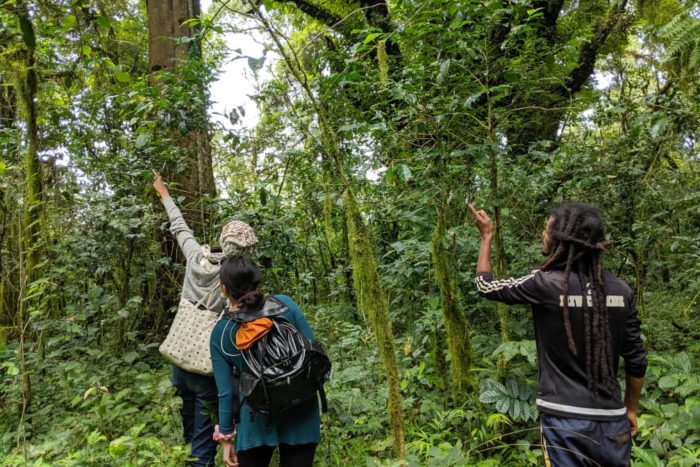
You support “Trade Not Aid” which increases market share rather than just supplying funds to smallholder farmers in Asia and Africa. Why is this important?
No one, irrespective of where they are or where they came from, can truly develop themselves unless they have ownership. I strongly believe this, whether we’re talking in the context of a smallholder farmer in Kaffa, Ethiopia or a trust fund kid from Beverly Hills, USA. Since I began working in Ethiopia (and became exposed to the international development world) almost seven years ago, I’ve become quite allergic to free handouts (with the exception of work related to famine, refugees or urgent humanitarian initiatives). Most of these programs enable people to become reliant on freebies, which not only hurts them in the end when the freebies run out, but ultimately prohibit economies like Ethiopia to develop the necessary work ethic needed for the country to compete in the global market.
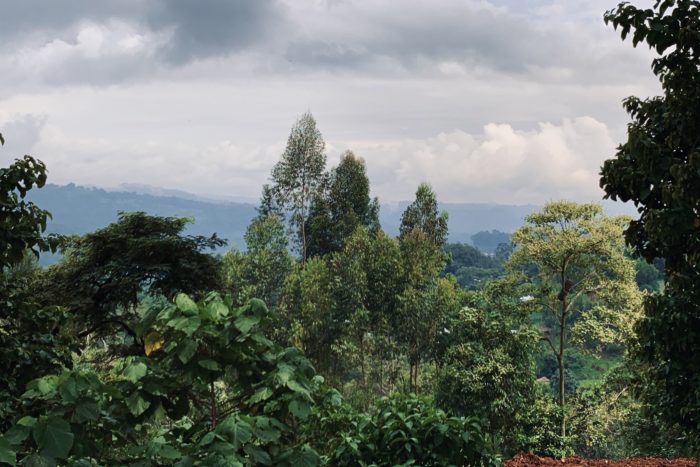
Who are your farmers and how are they helping mitigate climate change in the region?
Currently, we source from about 1,000 beekeepers (we’ll have trained 300 of them by next year) across Ethiopia’s Southwestern Afromontane Region, notably Gera Forest in Oromia, Kaffa Biosphere Reserve in SNNPR, and Majang Biosphere Reserve in Gambella. While we’re still refining the modality in which we work with our partner farmers across regions, our farmer groups differ in terms of language, dominant religion, agronomy and beekeeping capacity, level of education, financial status, and access to technology.
In Gera Forest, we’re working with farmers who make a majority of their income from coffee to curb deforestation by incentivizing them to produce more honey that relies on the conservation of indigenous trees (given that honey nectar is collected from indigenous tree flora). When they see they can generate attractive income from honey, this income diversification and increase offers alternatives to regenerative agroforestry beyond their coffee production. In Kaffa and Majang Biosphere Reserve, we’re working with female and indigenous cooperatives who have been trained by fantastic partner NGOs in climate-smart agriculture and agroforestry. All of our farmers are practicing agroforestry without the usage of agrochemicals.
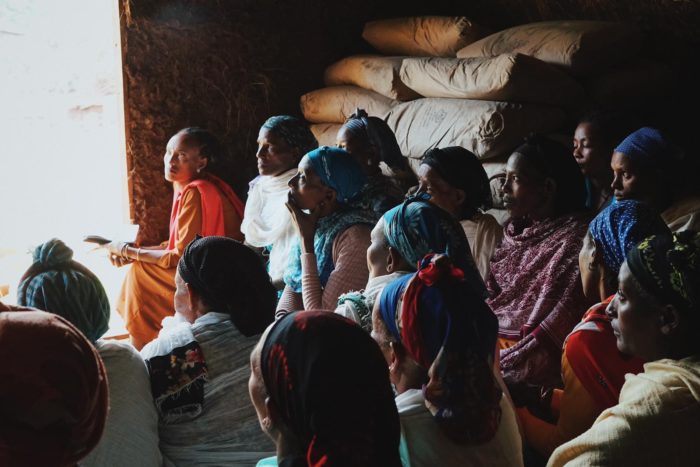
What do you enjoy most about your work?
It’s difficult to identify one thing, but I especially love how relationship-oriented and diverse our work is. We’re building relationships across entire supply chains from Ethiopian forest to international shelf. We’re trying to build a regenerative food system with smallholder farmers in Ethiopia, as well as coordinating with local businesses whose services we need to build our supply chain (like carpenters, truckers, other agriculture exporters, and government officials). We also have to coordinate with input suppliers from neighboring East African countries and machinery producers in Poland. And finally, there is a lot of collaboration with chefs and food influencers, as well as marketing, branding, and e-commerce fulfillment professionals in the USA. Through building this business, I’ve been exposed to more perspectives on life, business and society than I could have ever imagined. Beyond (mostly) enjoying all of this exposure, it continues to shape my understanding and appreciation for the desired impact I want to have in the world.

